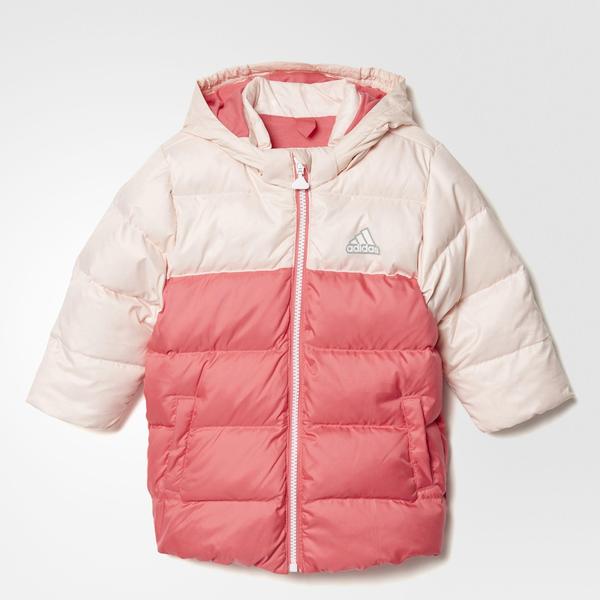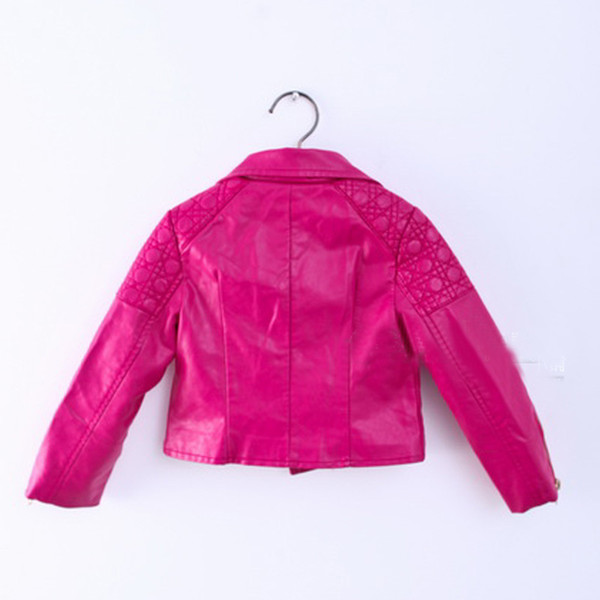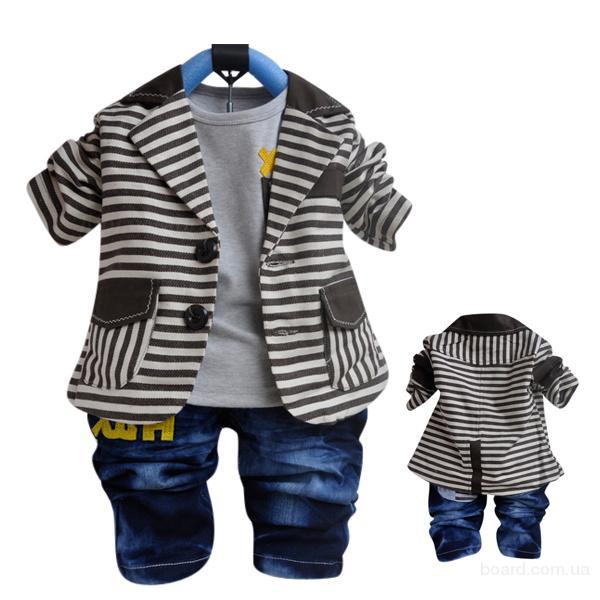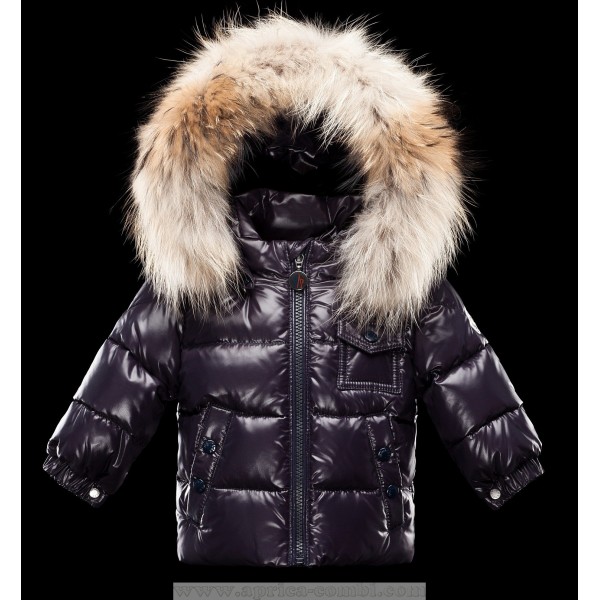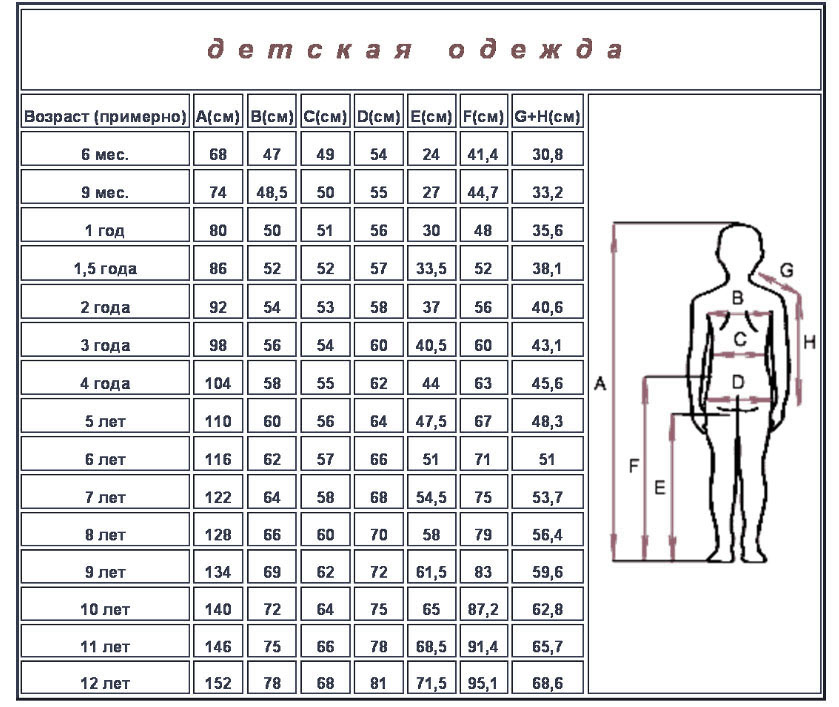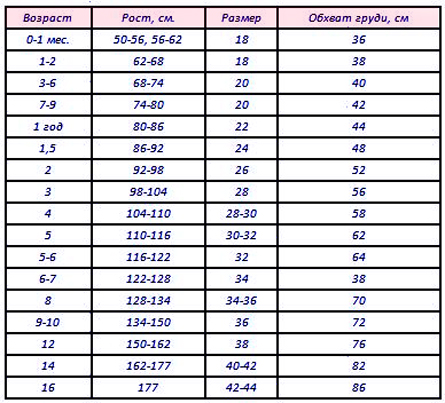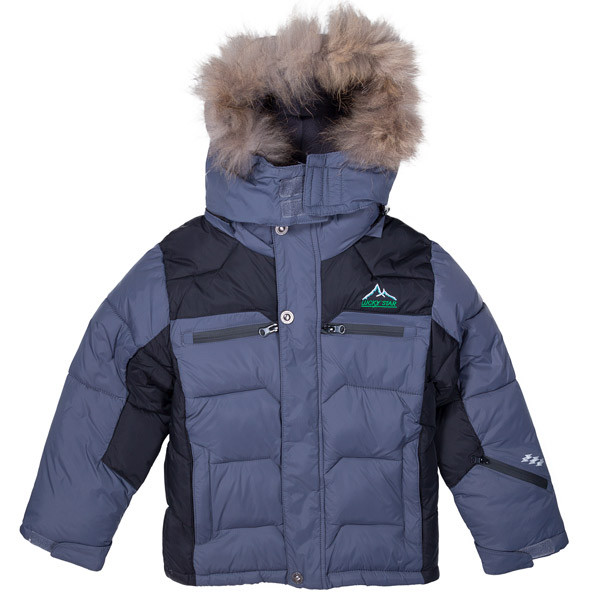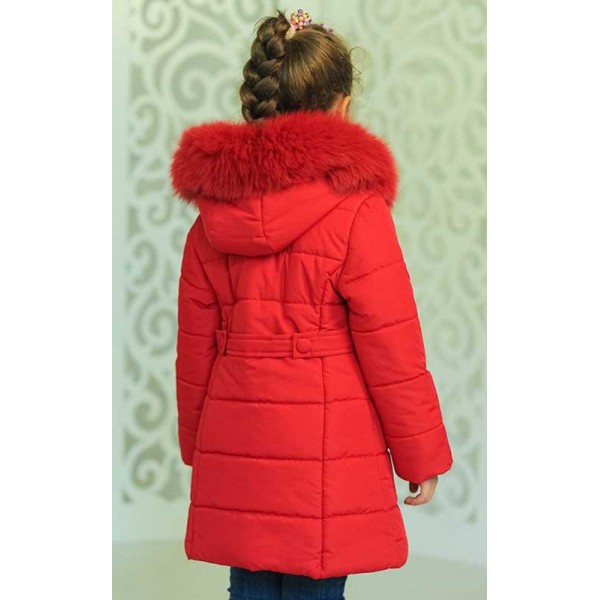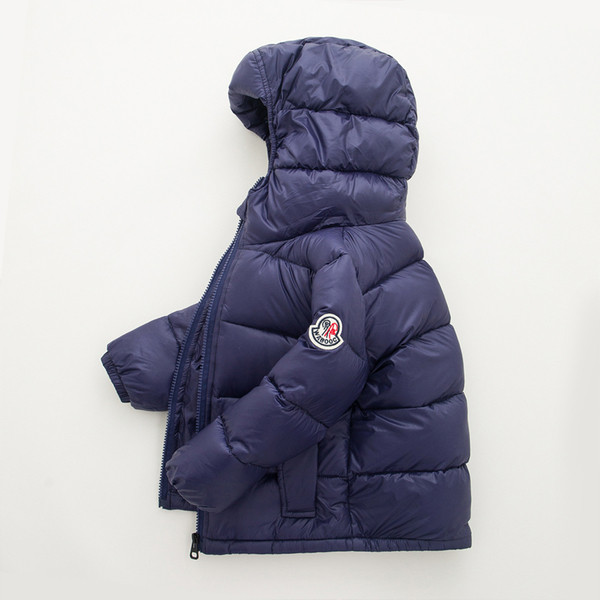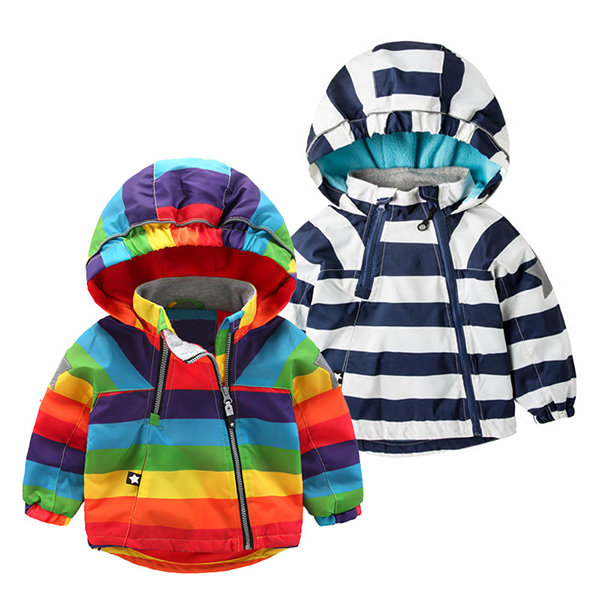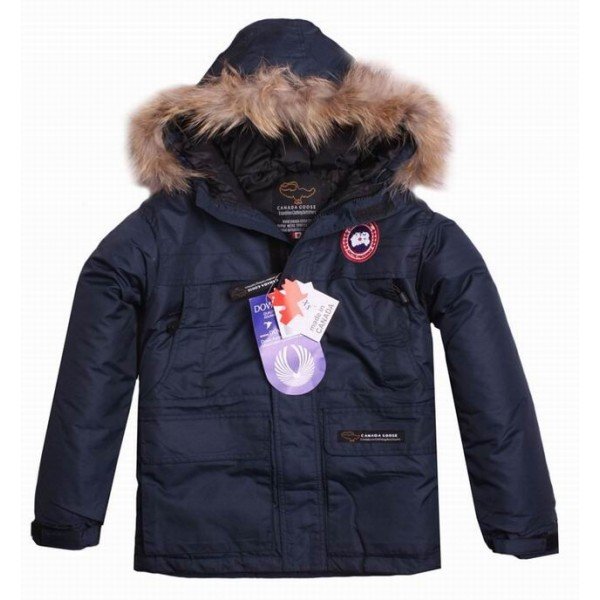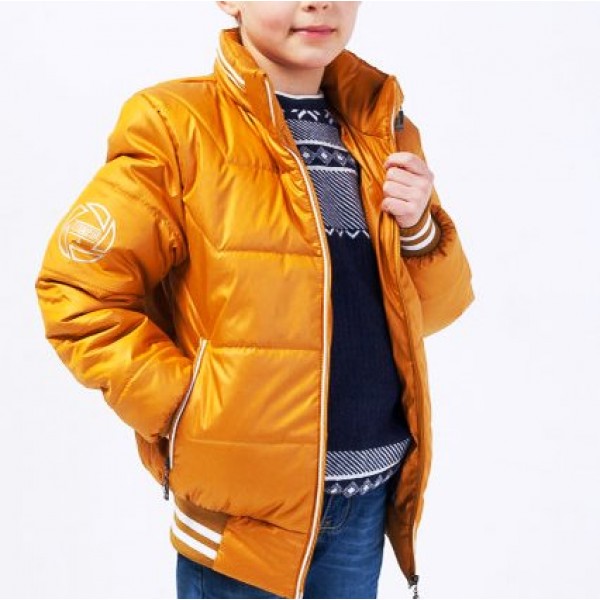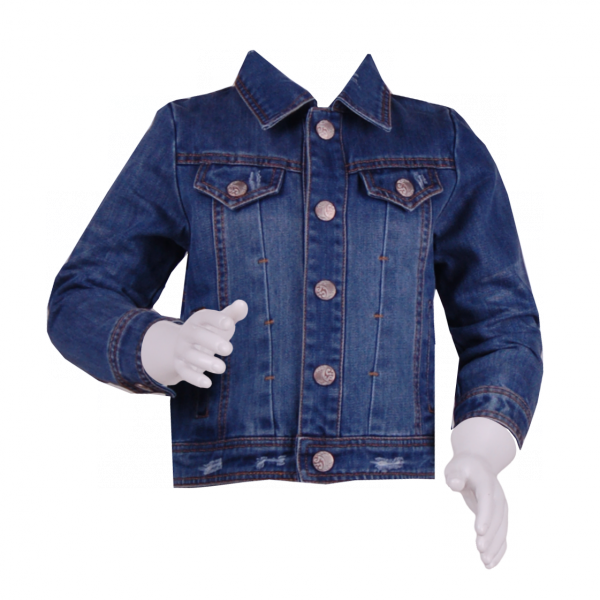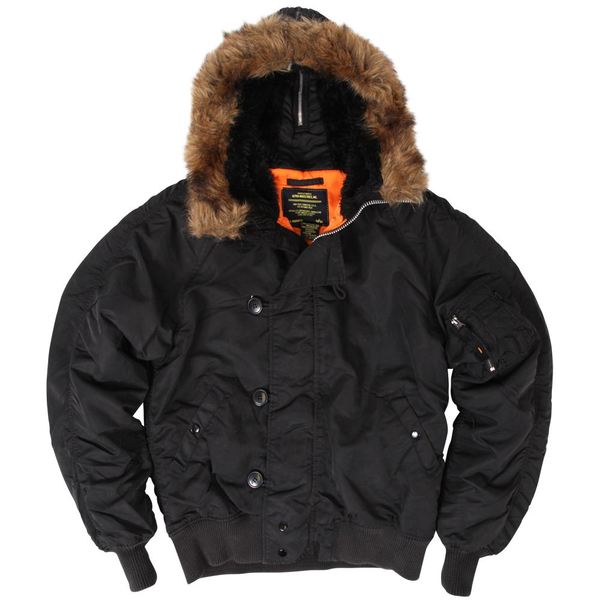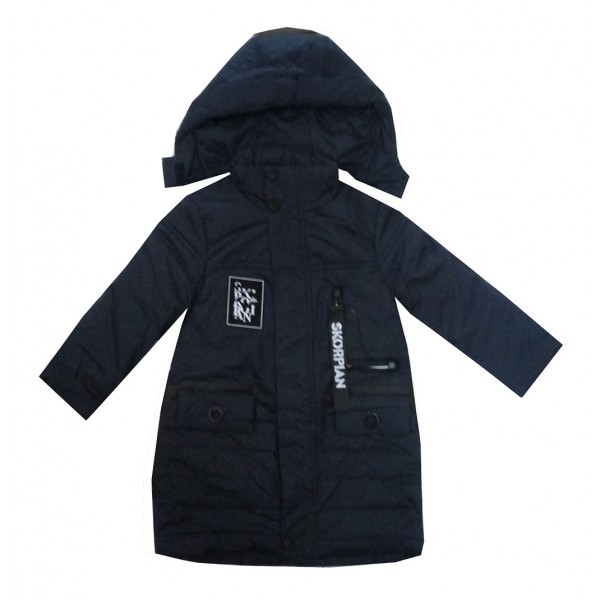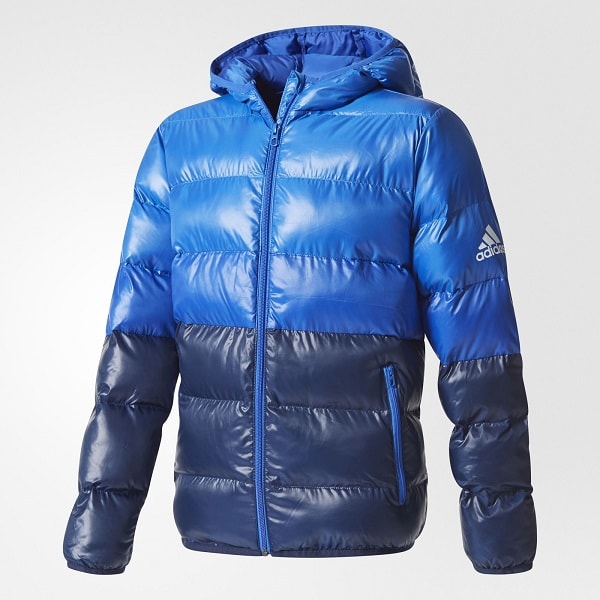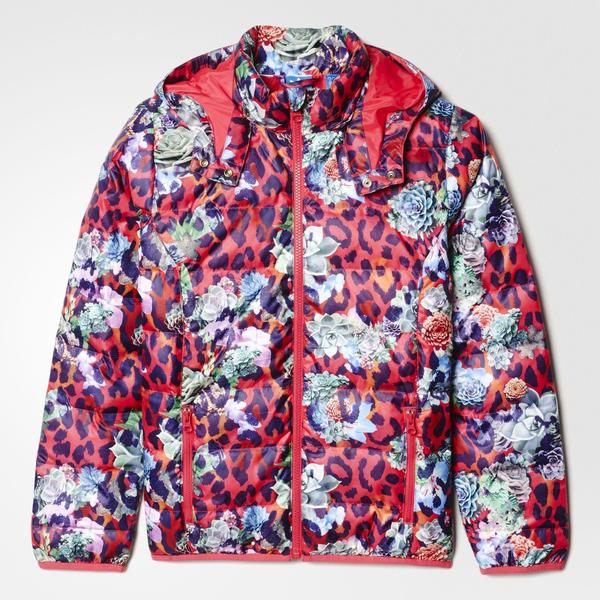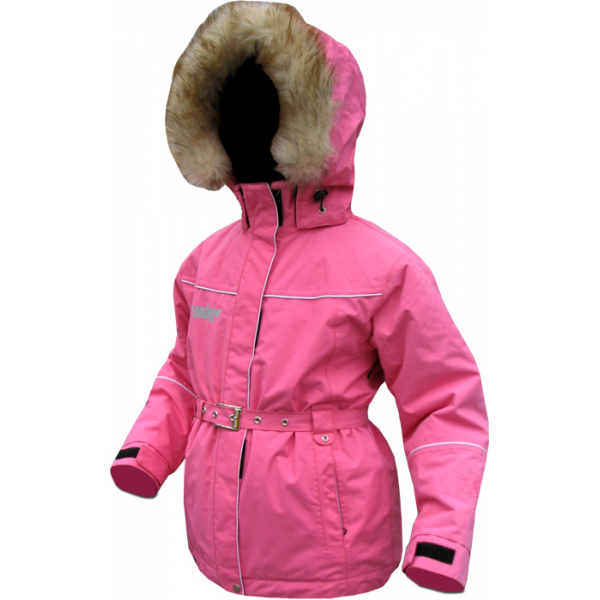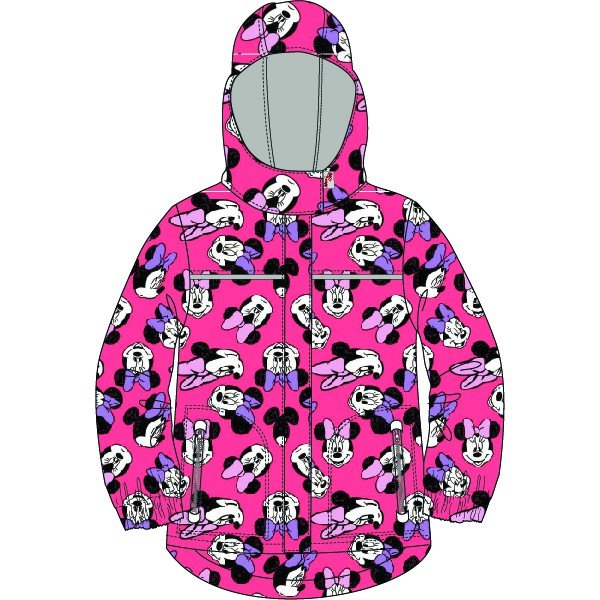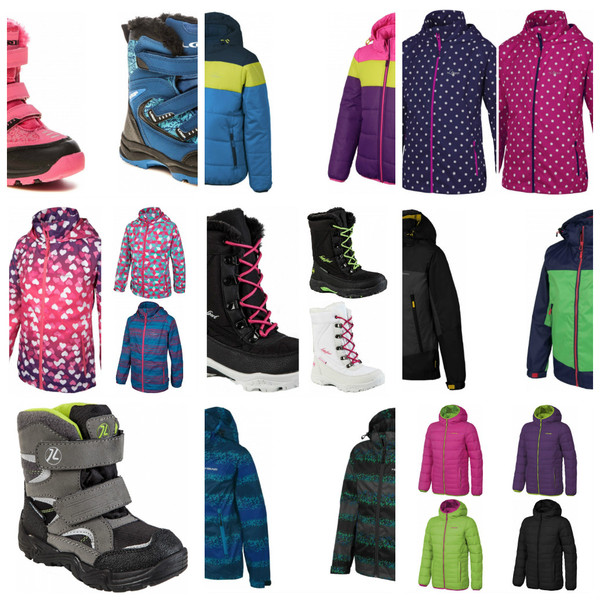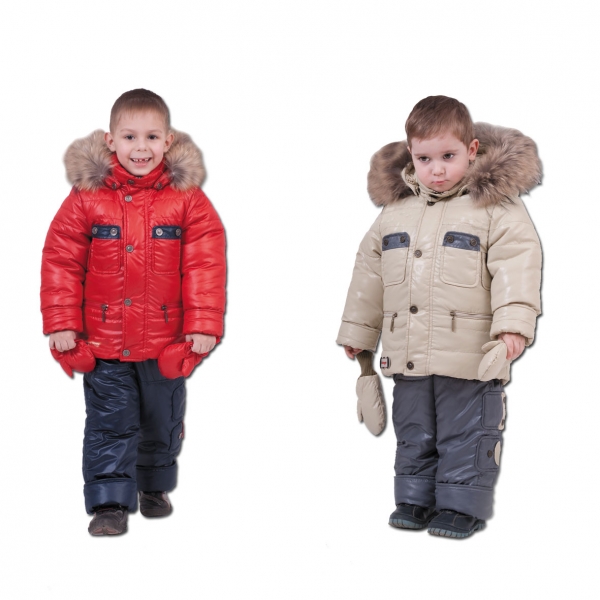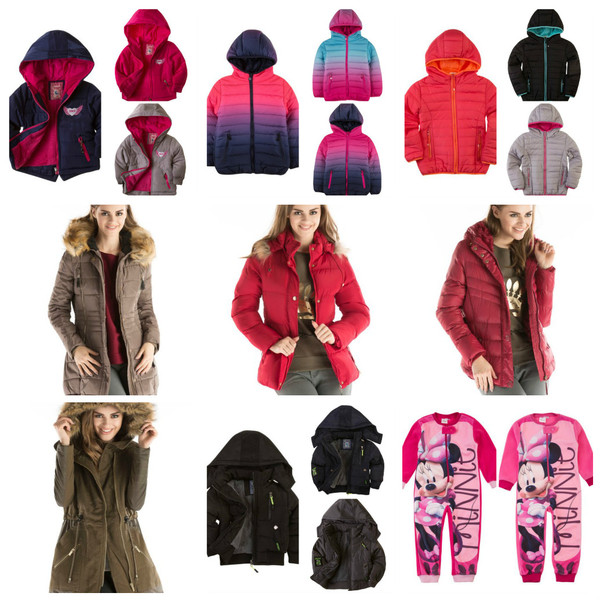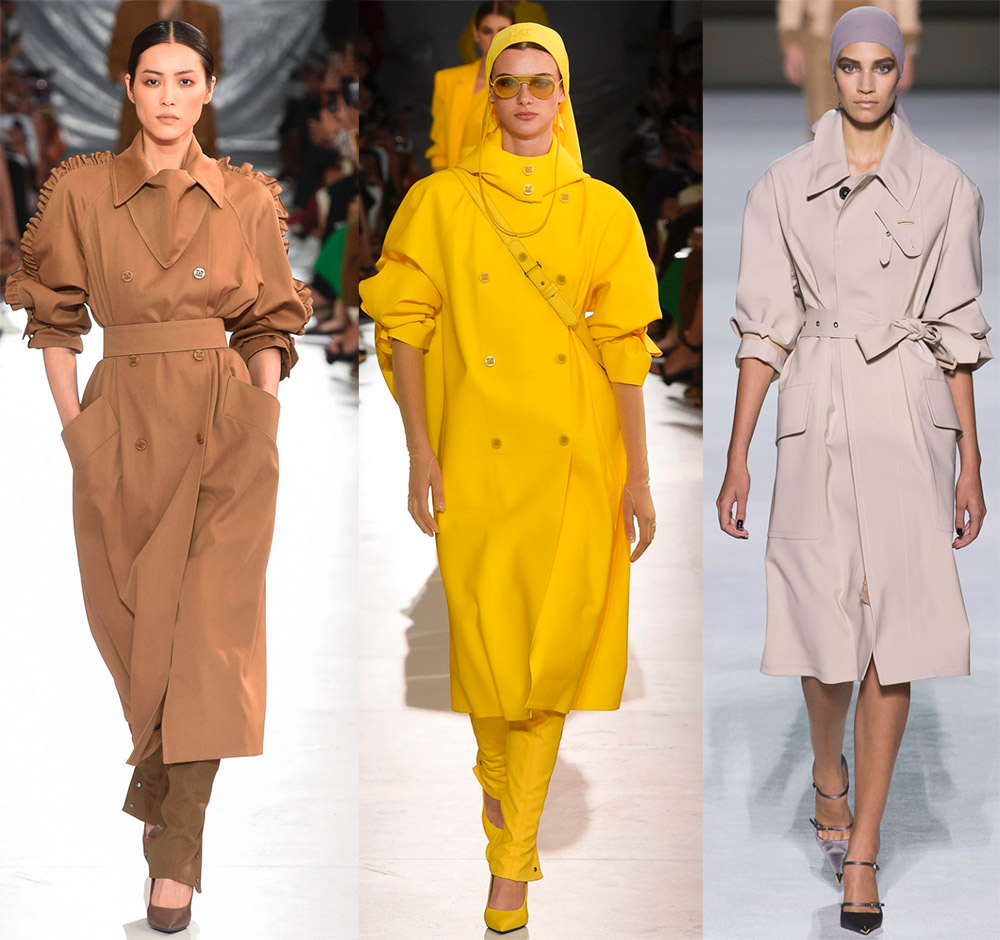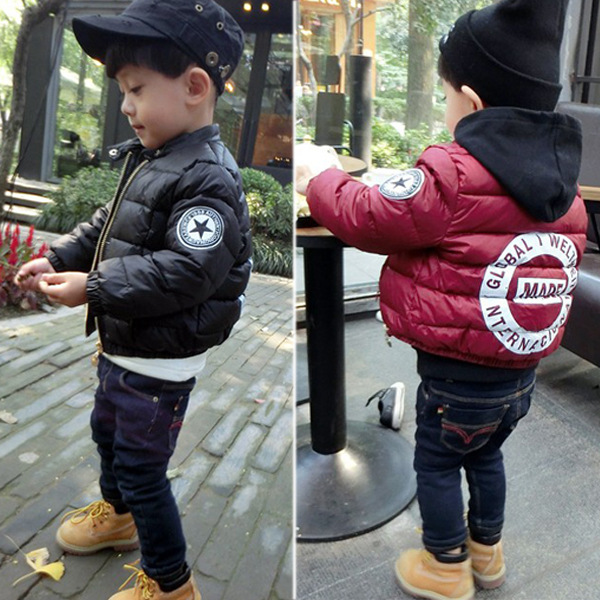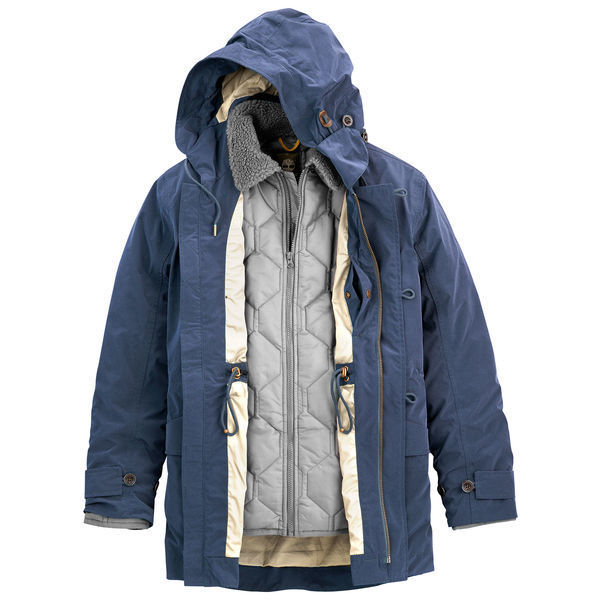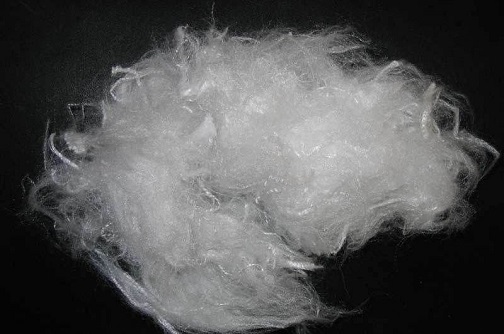Higher requirements are imposed on the production of children's products. In many ways, the quality of products depends on the composition of the fabric and the quality of the components. Each type of clothing uses its own material. Natural fabrics remain a high priority, but outerwear for children is not functional enough without the use of artificial materials.
Main types
Depending on the age of the child, there are several main types of outerwear:
- Insulated envelope - it serves as outerwear for babies. Usually offered with slots for car seat belts;
- Overalls are a universal model for children of different ages. They are available in several variations: a standard model or a transformer, which allows you to turn an envelope into pants using a zipper;
- Sets consisting of semi-overalls (pants) and a jacket. Such outerwear options have a number of advantages:
- It is convenient to remove the top part of the suit;
- Ease of washing if partially soiled (overalls or jacket);
- The length of the pants in such sets is usually adjustable;
- Convenient when visiting the toilet;
- Jackets are the best option for children's outerwear for autumn and winter. They differ in style, color and thickness of insulation;
- Trousers with insulation are a simplified version of semi-overalls. Usually made with a wide belt in the lumbar region;
- Vests - they can be insulated or made of warm fabric. They are worn during the period of change of cool weather and warm period. They are put on over a sweater or a vest. This is the optimal spring clothing or clothing for horse riding;
- Coat - usually produced for school-age children. It is appropriate for walks, as well as for visiting educational institutions;
- Coats - most often such models are chosen as children's outerwear for girls. They are produced in bright colors and can be of complex styles;
- Windbreakers - such items are spring clothing, suitable for walks in warm weather;
- Raincoats are indispensable for damp weather. Jackets or coats are usually worn underneath. Using these products gives the child freedom of movement due to the lack of need to carry an umbrella, but at the same time reliably protects the child from precipitation. Such products are considered essential children's outerwear for boys and girls.
Each option is essential for a child's standard wardrobe, but should be used in an age-appropriate manner.

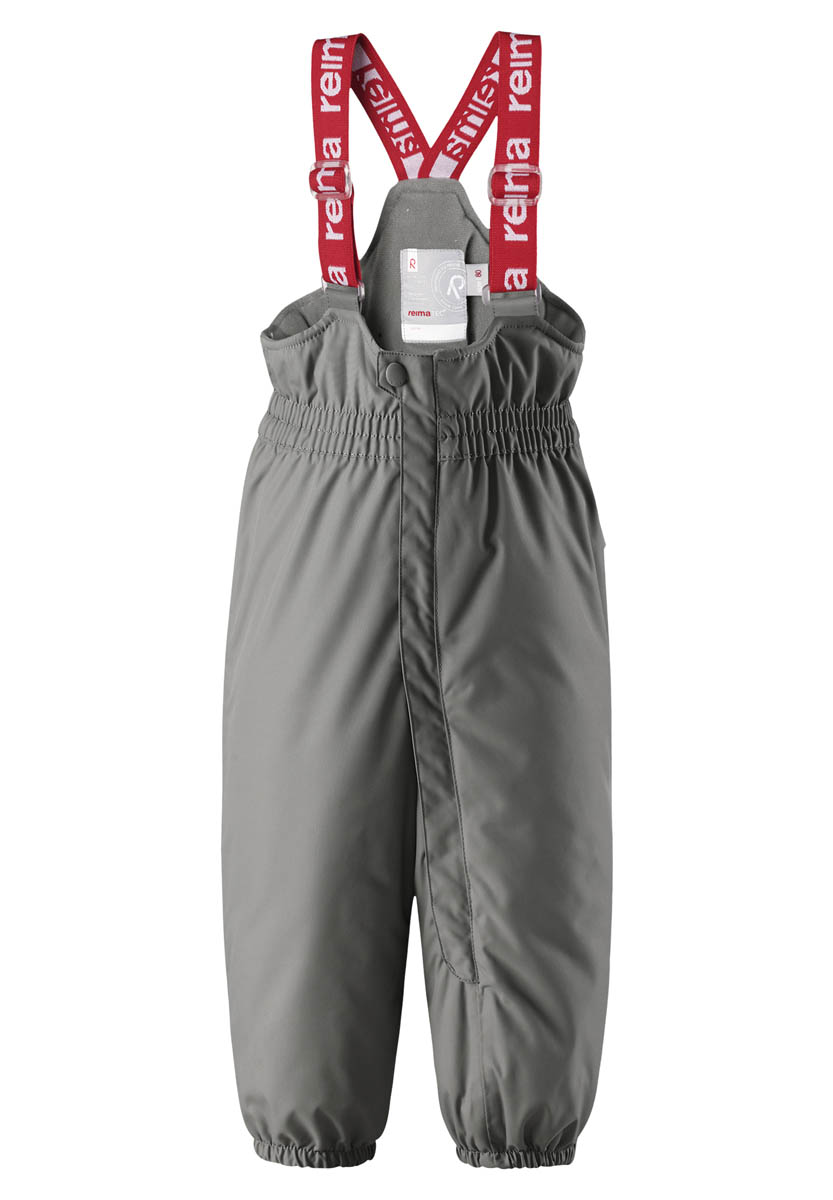

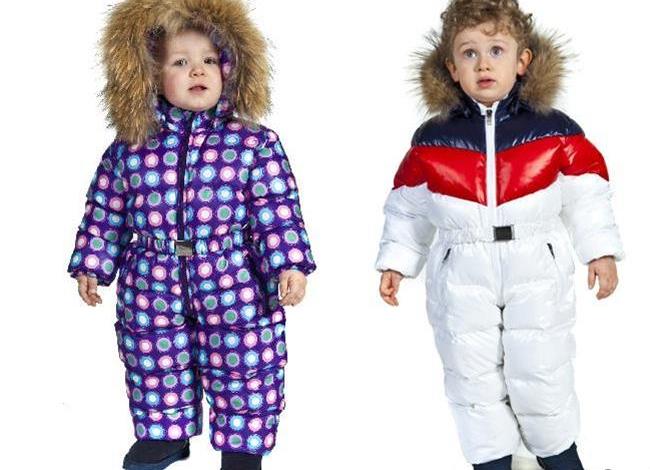
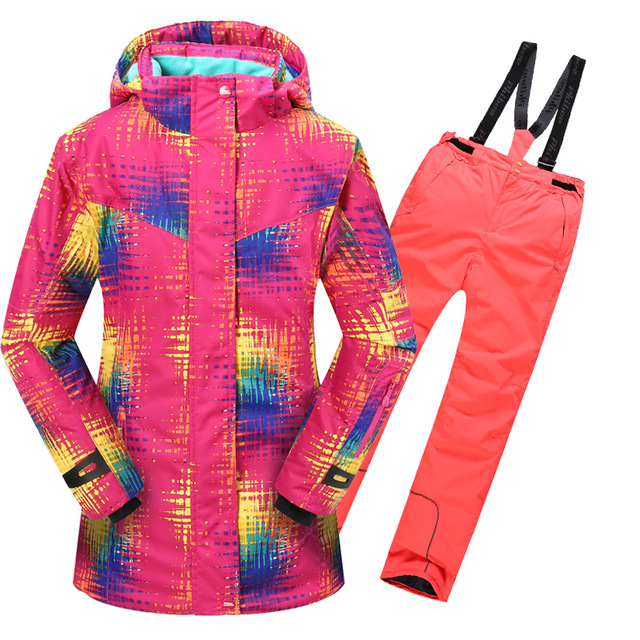
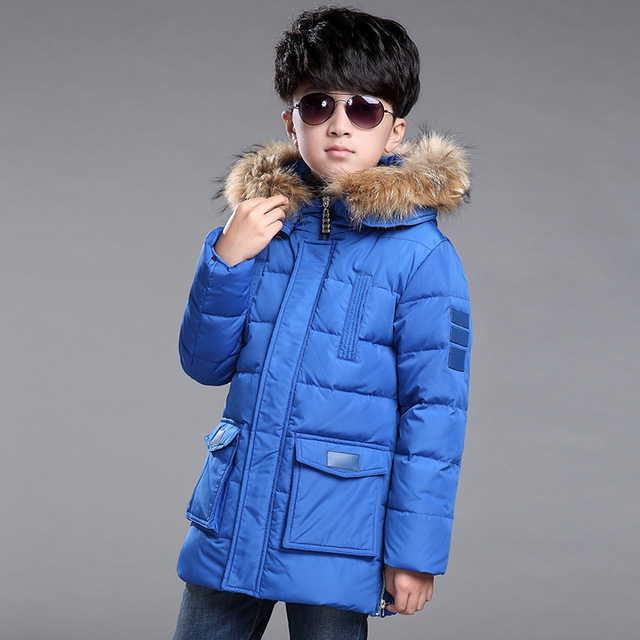
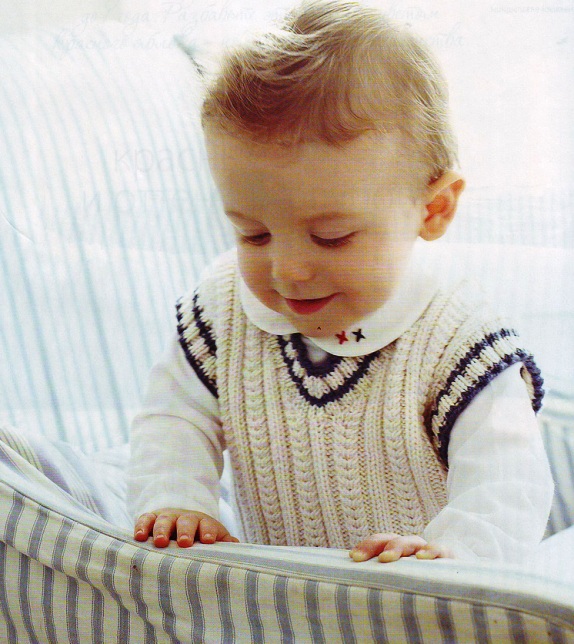
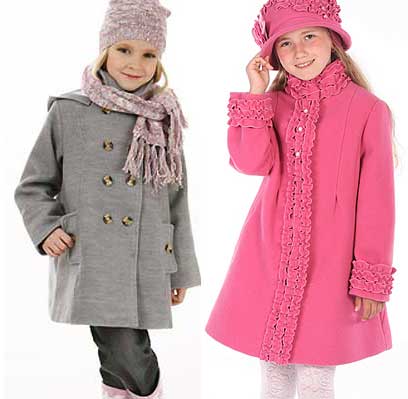


Properties of fabrics and insulation
The practicality of clothing directly depends on the materials used for its production. Both the top layer and the insulation are taken into account. The following fabrics are used as the top layer:
- Cordura is a waterproof material. Suitable for gentle use, but has an attractive appearance;
- Nylon Polyester is a light and soft material. To protect against precipitation, the fabric is most often treated with special impregnations.
When choosing products, you need to pay attention to the seams. The best option is considered to be glued seams.
Winter and autumn are harsh temperature periods that require the use of insulation for children's outerwear. Natural and artificial insulation is used in the manufacture of children's clothing. Artificial insulation has a number of advantages:
- They are lighter;
- Hypoallergenic;
- They retain heat well.
The main types of artificial insulation for children's outerwear:
- Sintepon is a fairly cheap synthetic insulation material characterized by high thermal insulation. It is thin, light, and also affordable. However, it has its drawbacks: it quickly loses its shape, which leads to a decrease in thermal insulation characteristics;
- Fleece also belongs to the synthetic group of insulation materials. Fleece does not absorb moisture well, but conducts it well. It does not allow air to pass through well. It can be used as insulation, lining or the main fabric of the product. With high-quality processing, it retains its shape. It is better suited for the autumn period and for spring;
- Thinsulate is a synthetic insulation material that is highly frost-resistant and wear-resistant. At the same time, it is lightweight and has high thermal insulation. It has a hollow structure, which creates an air cushion and retains heat even when the product gets wet;
- Hollowfiber is an environmentally friendly insulation material produced using modern technologies without the use of harmful substances. It perfectly restores its shape due to the unique structure of hollow fibers. It has good heat resistance and wear resistance. Unlike cheap synthetic padding, hollowfiber allows air to pass through and withstands low temperatures. It is approved for the manufacture of things for babies. This material is widely used by Finnish clothing brands.
Natural ones do not lose their relevance due to better moisture absorption and the absence of chemical additives. Natural insulation:
- Down is the most famous insulation material with high thermal insulation properties. It is durable, soft, and highly wear-resistant. Goose down is considered the most expensive. The main disadvantage of the material is its ability to cause allergic reactions in children prone to respiratory diseases;
- Wool is considered a wear-resistant and durable material. It is hypoallergenic and has high thermal insulation characteristics. Good warming properties make the material suitable for the production of children's outerwear. Most often, Finnish children's outerwear is made of wool. The main disadvantage of the material is its large weight, which makes products made from wool more bulky and uncomfortable for walking.
It is important to know the features of material care:
| Name of outerwear insulation | Care Features |
| Sintepon |
|
| Thinsulate |
|
| Hollowfiber |
|
| Natural fluff |
|
| Wool | It is better to clean at professional dry cleaners. |
Following the rules for caring for outerwear will significantly extend the service life of the products.
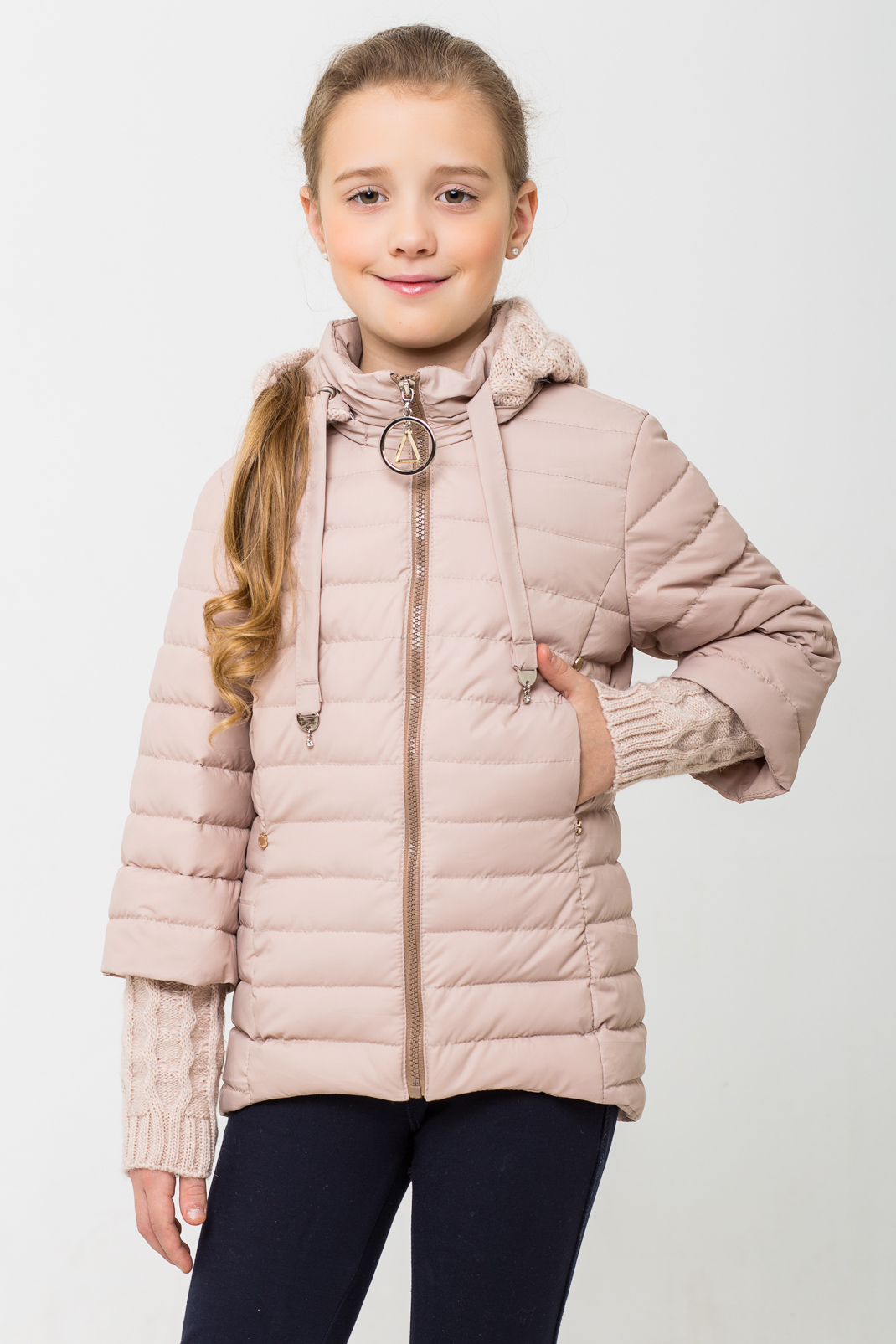

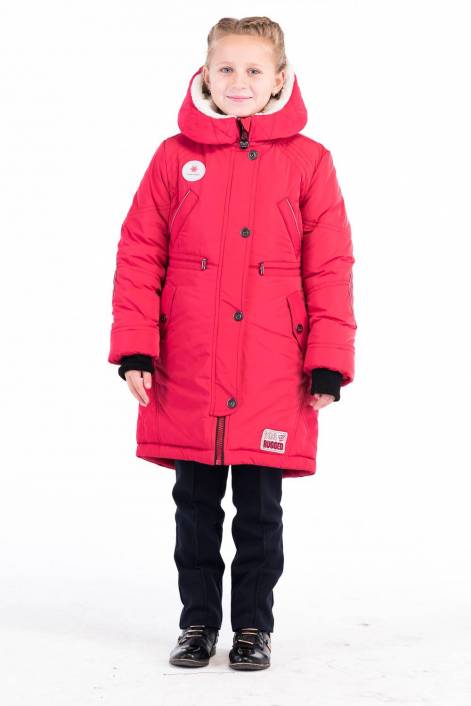

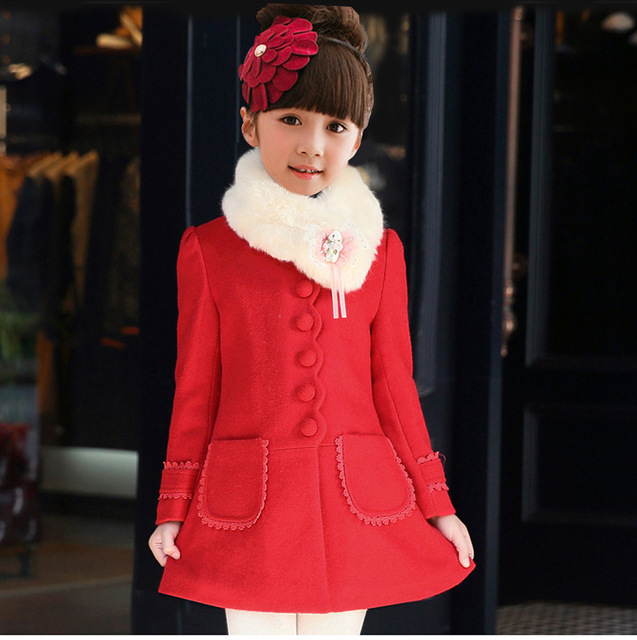
Product requirements
The child's outerwear should be as comfortable as possible. However, there are a number of other requirements:
- The materials used to produce winter outerwear for children should be of high quality, if possible natural. However, the insulation can be artificial, as this is important for reducing the weight of the product;
- Children's winter clothing should meet the needs as much as possible:
- For walks you need practical and comfortable clothes;
- For visiting shopping centers or special events – bright models with decorative elements;
- For sports - a loose cut that does not restrict movement, fabrics that absorb excess moisture and regulate temperature. In addition to the cut and materials, you should pay attention to the convenience of fasteners and zippers, which is important for the child and parents. At the same time, they should not interfere with the baby during active games.
- The main task of demi-season outerwear for children is to maintain warmth and protect from moisture and wind. Modern technologies significantly expand the possibilities of creating thin, light clothing. It is necessary to select the appropriate fabric for the upper part and insulation;
- It is also important to take care of the appearance of the products. To make them pleasant to wear, pictures for children on outerwear, emblems and bright colorful ornaments are widely used.
Taking into account all the basic requirements for choosing clothes for the cold season, parents will not only please their children, but also take care of their health.
How to choose the right size
It is important to select items according to age and size. Children's outerwear from Poland is in particular demand among parents. Factory designers follow new fashion trends and implement them in the design of new models. The size grid offered by Polish manufacturers is maximally suitable for children from neighboring countries.
Children's outerwear for spring is lighter, and therefore its size should be slightly smaller than winter. When buying outerwear, you should follow several basic rules:
- You can buy a jumpsuit one size larger only if the sleeves and legs can be adjusted;
- It is recommended to buy coats and jackets 1 cm larger. This is necessary to create an air gap between the body and outerwear to retain heat;
- All children's sizes of warm clothes are selected according to height. However, it is necessary to pay attention to the volume of the child.
There are recommendations for selecting types of outerwear according to age:
- Newborns are better suited to a warm envelope. Babies do not need to wear miniature jackets, as their delicate skin does not tolerate friction;
- For children from six months to 3 years old – overalls or various sets;
- For children over 3 years old, it is better to choose clothes that they can put on themselves;
- For older people, membrane clothing is optimal, as it is suitable for various climates.
Properly selected outerwear for a child is a guarantee of his health, as well as comfortable active recreation.
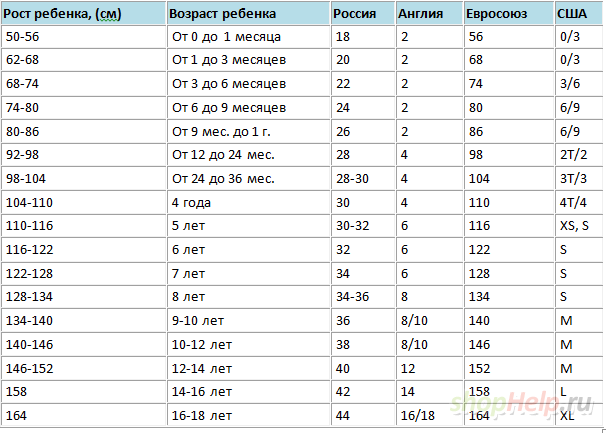 Video
Video


